Can You Switch Phone Carriers Online? Get Your Guide for 2024

In the nutshell
Switching phone carriers has become a straightforward online process, offering convenience and flexibility. This guide will provide you with all the necessary information to ensure a seamless transition to a new carrier in 2024, covering everything from choosing the best deals and network quality to keeping your current number and selecting the right plan.
Effortless Transition to a New Carrier
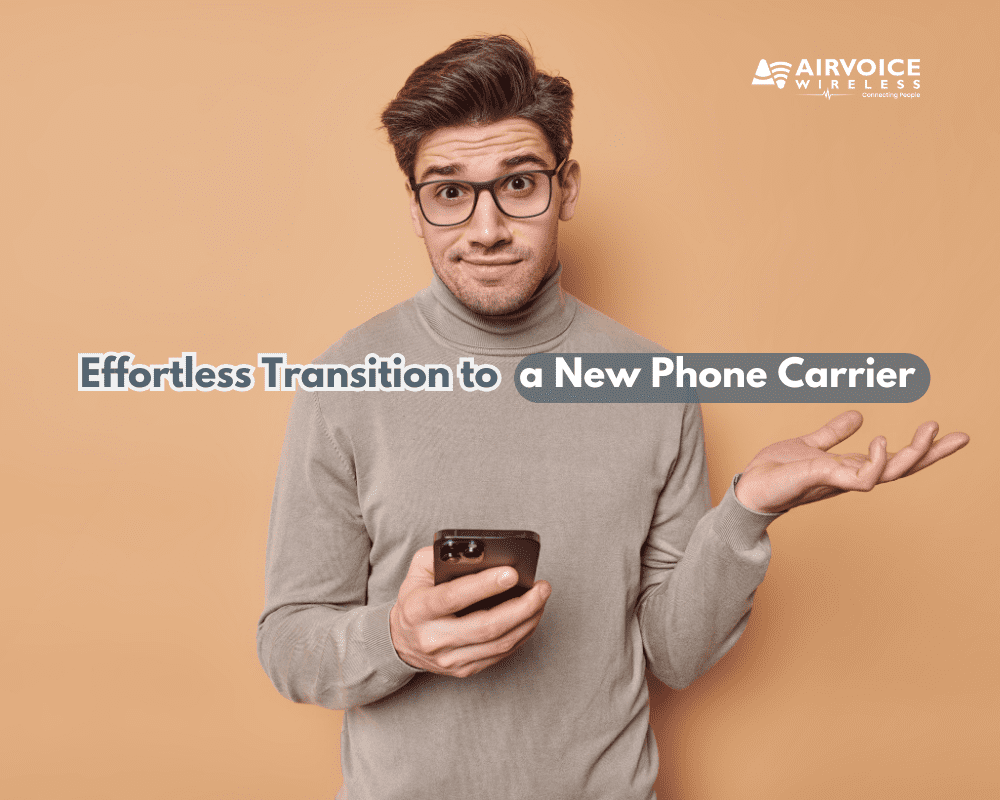
What You Need to Know Before Making the Move
Before leaping to a new carrier, you need to be mindful of several key factors to avoid any pitfalls. First, review your current contract for any early termination fees that may apply if you switch before the agreement ends. Also, confirm that your phone is unlocked, allowing it to operate on another network – a crucial step if you’re not planning on purchasing a new device.
Ensure that your personal data is backed up, as the transition process might sometimes lead to data loss. It’s wise to settle any outstanding balances with your current carrier to prevent any last-minute hiccups. Additionally, consider the timing of your switch; aligning it with the end of your billing cycle can prevent paying for two services simultaneously.
Familiarizing yourself with your current usage will help you select an appropriate plan with your new carrier, targeting the right balance between data allowances and cost. Lastly, it’s always helpful to read reviews and testimonials about customer service experiences with potential new carriers, ensuring that the company you choose is reputed for its reliable support.
How to Ensure a Smooth Switch Online
Ensuring a smooth transition to a new phone carrier online requires meticulous preparation. Start by researching your desired carrier’s website for any guidance or checklists they provide specifically for switching services – these can be invaluable for a hassle-free swap.
Here’s how to facilitate a fluid online switch:
- Test Compatibility: Verify that your device is compatible with the new network by checking its IME number on the carrier’s website. This step will confirm that your phone will work optimally with the carrier’s service.
- Keep Your Account Details Handy: Have your current account information, such as the account number and PIN, accessible. You’ll need this for seamless authentication and transfer of services.
- Clear Outstanding Dues: Settle any remaining balances with your old carrier to avoid any disputes or transferring issues.
- Port Your Number Online: If you’re keeping your existing phone number, initiate the porting process through your new carrier’s website. This typically requires filling out an online form.
- Confirm Plan Details: Select your desired plan online, ensuring it fits your requirement for data, minutes, and other services. Pay attention to whether the plan is contractual or month-to-month, as this impacts your flexibility to make future changes.
- Final Review and Confirmation: Before finalizing the switch, double-check all the details. Make sure that the plan, services, and any promotional offers are correctly applied.
- Activate Your Service: Once you’ve received confirmation from the new carrier, follow their instructions to activate the service. This might include inserting a new SIM card or configuring network settings.
- Test Your Service: After switching, test out your services as thoroughly as possible within the carrier’s grace period. Make calls, send texts, check your data connection, and ensure everything operates as expected.
- Contact Support if Needed: If any issues arise, contact customer support immediately. Online support channels such as chatbots, support articles, or email communication can provide prompt assistance without the need for store visits.
By systematically addressing each of these steps, you can transition to a new carrier online with minimal disruption to your communication needs.
Choosing the Perfect Carrier for You
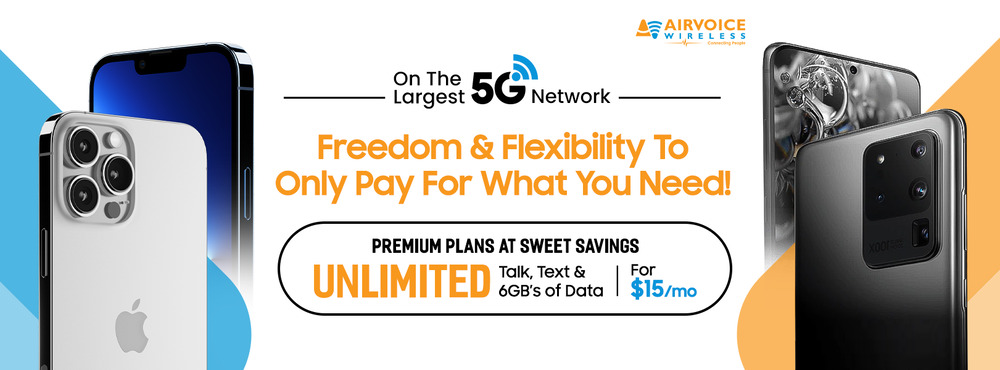
Compare Network Coverage and Quality
When you’re considering switching phone carriers, comparing the network coverage and quality is critical. Here’s how to approach this task:
- Use the online coverage maps provided by carriers to check network reach in your area: Look specifically at places where you spend most of your time, such as home, work, or school. And remember to check for coverage in areas you plan to travel to frequently.
- Verify the type of network technology (like 4G LTE, 5G) and the spectrum bands the carrier uses since not all phones support all bands. Make sure that the carrier’s technology matches your smartphone’s specifications to utilize the network fully. Additionally, research independent studies or consumer reports that measure network performance, including download/upload speeds, latency, and call quality.
- Check for any known network congestion issues or regular maintenance activities that might affect service availability.
- Read customer reviews and testimonials regarding network reliability and customer service. Or you could ask friends, family, or co-workers who use the network about their personal experiences with coverage, speed, and overall satisfaction.
- Test the signal strength, if possible, either through a trial period or by checking the network bars when visiting areas of common use. Consider if indoor coverage is important for you and investigate how the carrier’s network performs inside buildings or in underground areas.
Comparing these aspects is hugely beneficial for finding a provider that offers both the performance you need and the reach where you need it, resulting in a better overall experience with your mobile service.
Evaluating Costs: Finding the Best Deals

Evaluating costs effectively is key when you’re looking to switch carriers, as this could lead to significant savings. Here’s a recommendation checklist of how to find the best deals:
- Start by comparing the monthly rates for similar plans across different carriers.
- Ensure the prices reflect the total cost, including taxes and any mandatory fees.
- Look out for activation fees when switching to a new plan, as they can add unexpected costs.
- Check if there’s a fee for a new SIM card or if you can get one for free.
- Carriers frequently offer promotions, such as discounted rates for the first few months, waived activation fees, or free devices upon signing up.
- Carefully review the terms of any promotion to ensure it’s a good deal in the long run.
- Consider plans that offer discounts on additional lines or bundled services like internet and TV.
- Calculate the total cost for all services to see if bundling is more cost-effective.
- Add up the plan’s monthly cost, device payments if applicable, and any additional fees to determine the total cost over the contract period.
- Compare this against other carriers to ascertain the long-term value for your money.
- Always read the fine print for details on rate increases after promotional periods, overage charges, and terms of contract termination.
- Investigate if a more expensive plan would save money in the long run due to features like inclusive international roaming or comprehensive insurance coverage.
By thoroughly reviewing all these aspects, you will be in a better position to spot the most cost-effective plan that fits your budget without sacrificing necessary features. Remember to periodically review deals, as carrier promotions and plan structures can change.
Keeping Your Current Number
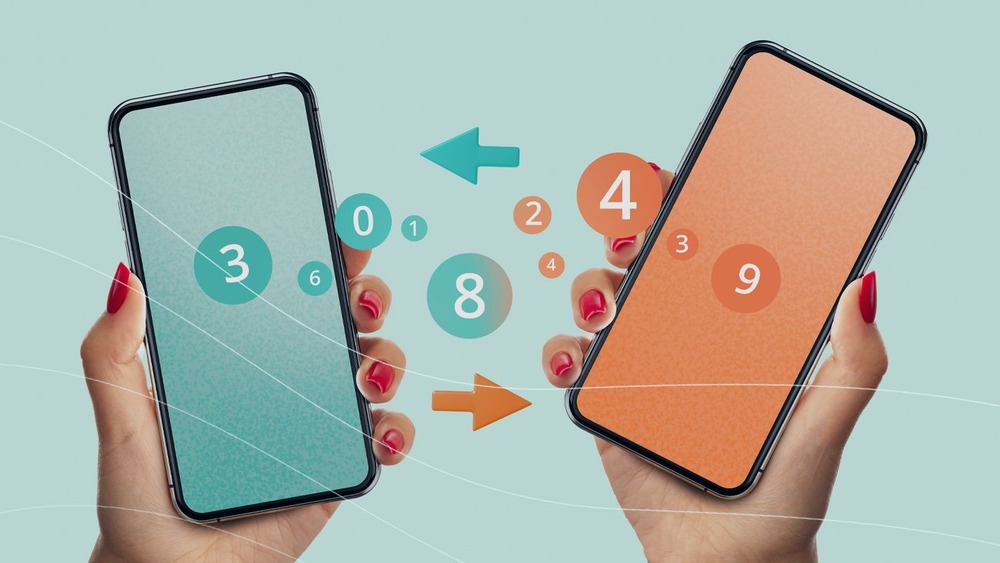
Porting Phone Numbers with Major Carriers Simplified
Porting your phone number to a major carrier is a straightforward process designed to be user-friendly and quick. Simplify your number porting with these step-by-line guidelines:
- Contact Old Carrier: Begin by reaching out to your old carrier to unlock your phone, if necessary. You will need your phone to be unlocked before you can use it with another carrier’s service.
- Get Account Information Ready: Have your current account information at hand, including your account number and PIN. This is crucial information that your new carrier will need to transfer your number.
- Choose a New Plan: Research and select a plan from your new carrier that suits your needs. Once you’ve decided, you often can sign up and initiate the porting process online or over the phone.
- Initiate Number Porting: Tell your new carrier that you wish to keep your existing number. This can typically be done during the online checkout process when signing up for a plan or by speaking to customer service.
- Complete Authorization Process: Your new carrier might send an authorization request to your old carrier. You might need to respond to this to confirm the transfer. This is usually done electronically and can sometimes be completed instantly.
- Avoid Service Interruption: To prevent any downtime, do not cancel your service with your old carrier until the port is complete and your new service is active.
The entire number porting process can often be completed within a single business day. However, some ports may take a bit longer, and it’s not uncommon for it to take a few days to a week, especially when moving landline numbers to a mobile service. Remember, you are entitled to keep your number when you switch, and your old carrier cannot deny your port out request if your account is in good standing.
Understanding the Number Porting Process
The number porting process is critical to many when switching carriers, as it allows you to retain your existing phone number. Understanding this process will help ensure that your transition to a new carrier is as smooth as possible.
- Confirm that your number is eligible to be ported. Most mobile numbers can be transferred, including those from prepaid plans. Please note: Do not cancel your service with your current provider until the porting process is complete. Your number must remain active to be transferred.
- Gather the necessary information including your current phone number, account number, account holder’s name, and the account PIN or password.
- Contact your new carrier to initiate the porting process. You can do this online or over the phone by providing the information you’ve gathered.
- The new carrier may send a request to your current carrier to verify your identity and porting authorization. While some ports can complete within a few hours, others may take up to a couple of business days. Make arrangements to avoid being without service.
- Be ready to respond to any communications from your current or new carrier to avoid delays in the porting process.
- Once your number has been successfully ported to the new carrier, ensure that all services work properly. Only then should you cancel your service with your old provider.
- Be prepared to settle any final bills or fees associated with your old account. Although you can port your number even if you owe a balance, the balance will still need to be paid.
Understanding this process can save you from any unexpected issues and make your transition to a new phone carrier seamless while keeping your well-established phone number.
Picking the Right Plan
Unlimited Data or Budget-Friendly Options?
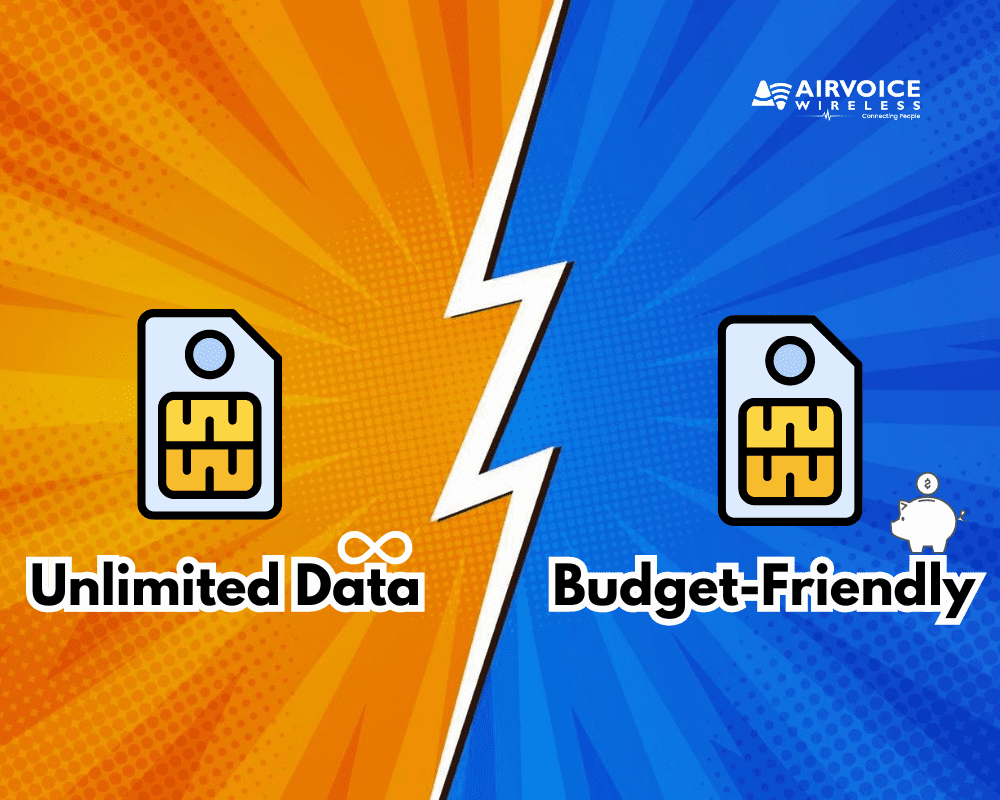
Choosing between unlimited data plans and budget-friendly options depends greatly on your individual usage patterns and financial preferences.
Unlimited Data Plans can be ideal for heavy data users. If you frequently stream videos, play online games, or work remotely, these plans ensure you never run out of data or encounter overage charges. They may come with perks like high-definition streaming and large or even unlimited mobile hotspot data allowances. However, be aware of any policy where speeds are throttled after reaching a certain data usage threshold within your billing cycle.
Budget-Friendly Options are excellent for those who use less data or often connect to Wi-Fi. These plans are typically more affordable and prevent you from paying for unused data. Many carriers offer a variety of tiered data plans that can fit moderate usage patterns nicely. It’s important to consider overage fees — some budget plans can become costly if you frequently exceed your data allowance.
Here are key considerations for each:
- Unlimited Data Plan:
- Ideal for users who frequently consume large amounts of data and value the assurance of having no data limitations.
- Typically comes with extra perks such as high-definition streaming or prioritized data access.
- Might be subject to lower speeds during periods of high network traffic.
- Budget-Friendly Options:
- Cost-effective for light to moderate data users.
- You only pay for the data you plan to use.
- Can incur extra costs if you exceed data limits unless the carrier offers data rollover or throttling instead of overage charges.
Assess your typical data usage, look at historic patterns, and consider whether your usage is likely to increase. Remember to factor in any lifestyle changes, work habits, or new tech devices that might influence your data consumption. With this information, you can make an informed decision on the most suitable plan and possibly save yourself a substantial amount of money over time.
Special Promotions and Deals for New Customers

Special promotions and deals are a strategic way for carriers to attract new customers, and these incentives can offer significant savings and additional benefits. Here are ways to capitalize on these opportunities:
- Limited-Time Offers: Keep an eye out for time-sensitive deals that might include discounted rates, waived fees, or extra features like additional data or free streaming service subscriptions for the first few months.
- Switching Bonuses: Many carriers provide special incentives to switch from another provider, such as account credits, prepaid cards, or even paying off your old device installment plans.
- Bundled Discounts: Look for bundles that combine phone plans with other services such as internet, cable TV, or home phone service, which can provide overall monthly savings.
- Free or Discounted Devices: Promotions often include deals on smartphones, where you could get a free phone or a significant discount on the latest models with the activation of a new plan.
- Referral Programs: Some carriers offer referral benefits, awarding credits or discounts for both the new customer and the one who referred them if they sign up based on your recommendation.
When considering these promotions, make sure to read the terms and conditions carefully. Check the duration of promotional pricing and what the costs will be after the promotion ends, understand eligibility requirements, and consider the contract’s length if applicable. Also, factor in the potential long-term benefits versus the short-term savings to ensure the deal aligns with your needs and budget.
Ready, Set, Switch! A Step-by-Step Guide
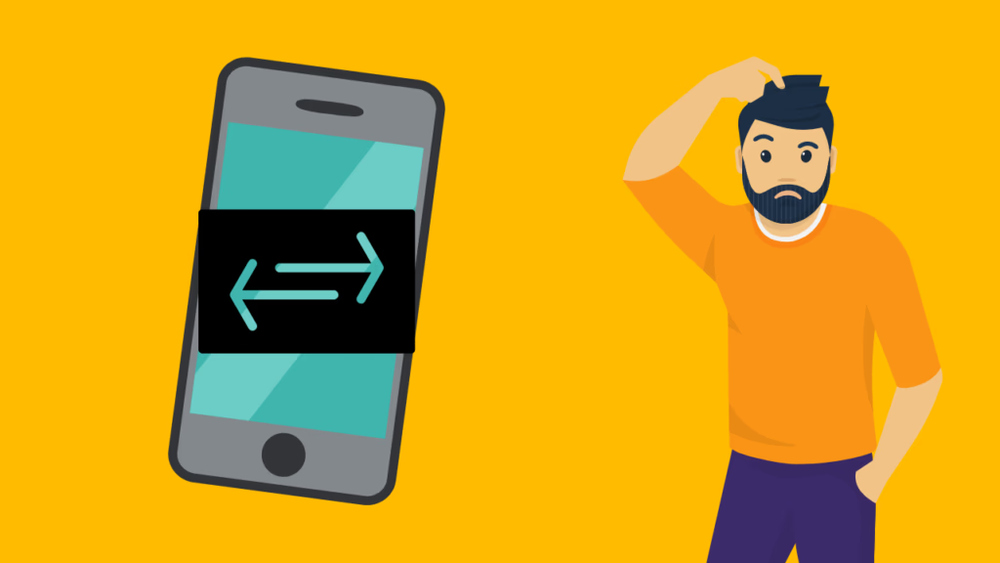
Handling the Essentials Before You Switch
Before making the switch to a new carrier, handling the essentials will ensure a smooth transition. Here’s a checklist:
- Review Your Current Contract: Assess any termination fees or outstanding balances that might apply if you leave your current carrier before the end date of your contract.
- Unlock Your Phone: Ensure your phone is unlocked, which is necessary for it to work with another carrier’s SIM card. You can request an unlock from your current carrier if your contract terms have been met.
- Backup Your Data: Protect your photos, contacts, and other personal information by backing them up to the cloud or an external storage device before switching carriers.
- Note Your Usage: Examine your current data, call, and text usage to choose a plan that appropriately matches your habits.
- Gather Essential Documents: Collect necessary documentation such as a government-issued ID and your current account information, including the account number and PIN, which will be required to port your number.
- Inform Your Contacts: If you’ll change your number, notify your contacts to update their records to avoid missing important communications.
- Check Device Compatibility: Confirm that your handset is compatible with the new carrier’s network, considering factors like network bands and technologies (e.g., GSM vs. CDMA).
- Understand the New Plan: Familiarize yourself with your new plan’s terms, conditions, and features to avoid surprises related to service or billing.
Taking these proactive steps will not only alleviate potential headaches but will also place you in the best position to fully enjoy your new carrier’s services immediately after the switch.
The Switching Online Process: From Start to Finish
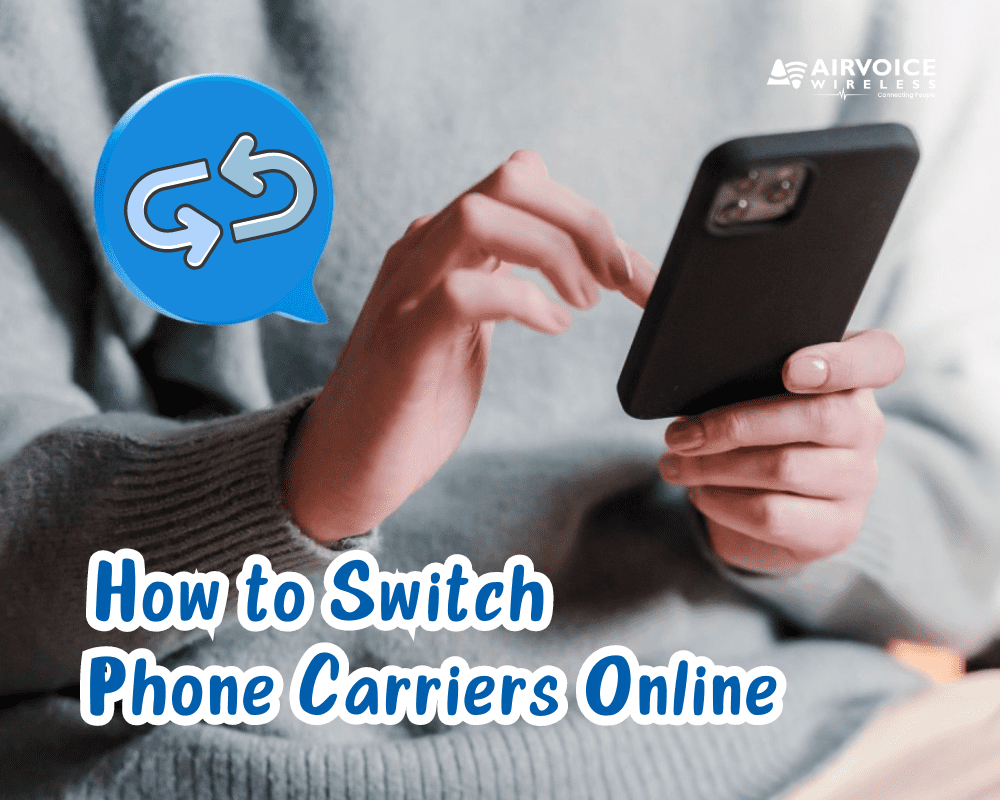
Switching to a new carrier online is a convenient process that can often be completed from the comfort of your home. Here’s a walkthrough from start to finish:
- Choose Your Carrier and Plan: Research and decide on a new carrier and the plan that fits your needs. Comparison shop for the best deals, coverage, and customer service.
- Create an Account: Visit the carrier’s website and create a new customer account. You’ll need your personal information and payment details at hand.
- Request to Port Your Number: If you intend to keep your current phone number, choose the option to port it during sign-up. You’ll need your current account information for this.
- Select Your Device: Decide if you’ll buy a new device from the carrier or bring your own. If bringing your own, ensure it’s unlocked and compatible with the new carrier’s network.
- Finalize Your Order: Review your cart, double-check that any promotions or deals have been applied, and then proceed to checkout.
- Complete Activation: Follow the instructions provided by the new carrier to activate your service once you’ve received your new SIM card or device. This may involve inserting the SIM and powering on your device or making a call to an activation number.
- Test Your Service: Make sure everything is working properly – place calls, send texts, and use data. Explore features and services included in your plan.
- Set Up Online Account Management: Register for the carrier’s online account management or download the mobile app to keep track of usage, bill payments, and customer service.
- Contact Customer Support if Needed: If there are any issues with porting, activation, or service quality, reach out to customer support through the carrier’s website or customer service line.
Revised Passage: By following these steps, you can complete the switch to a new carrier like AirVoice Wireless online seamlessly and start enjoying your new mobile service as quickly as possible.
FAQs: Your Concerns Addressed
Can I switch carriers anytime online without visiting a store?
Yes, you can switch carriers online at any time without the need to visit a store. Most carriers have streamlined the process through their websites, enabling you to select a plan, transfer your number, and activate your service entirely online. Just ensure you have all the necessary information and follow the provider’s online instructions.
Will my phone work with any carrier if I switch?
Your phone will work with any carrier if it is unlocked and compatible with that carrier’s network technology and spectrum frequencies. Check with your current carrier to see if your phone is unlocked and use the new carrier’s online compatibility tools by providing your phone’s IMEI number before switching.
Are there any costs associated with keeping my old number?
Generally, there are no costs solely for keeping your old number when you switch carriers, as porting itself is free. However, you may encounter other costs related to the switch, such as activation fees or the purchase of a new SIM card. Always confirm with the new carrier in advance.
How can I ensure no interruption in service during the switch?
To ensure no interruption in service, do not cancel your current plan until the new one is fully active. Also, initiate the number porting process with your new carrier beforehand, and choose a time to activate the service when you do not anticipate needing immediate use of your phone.






